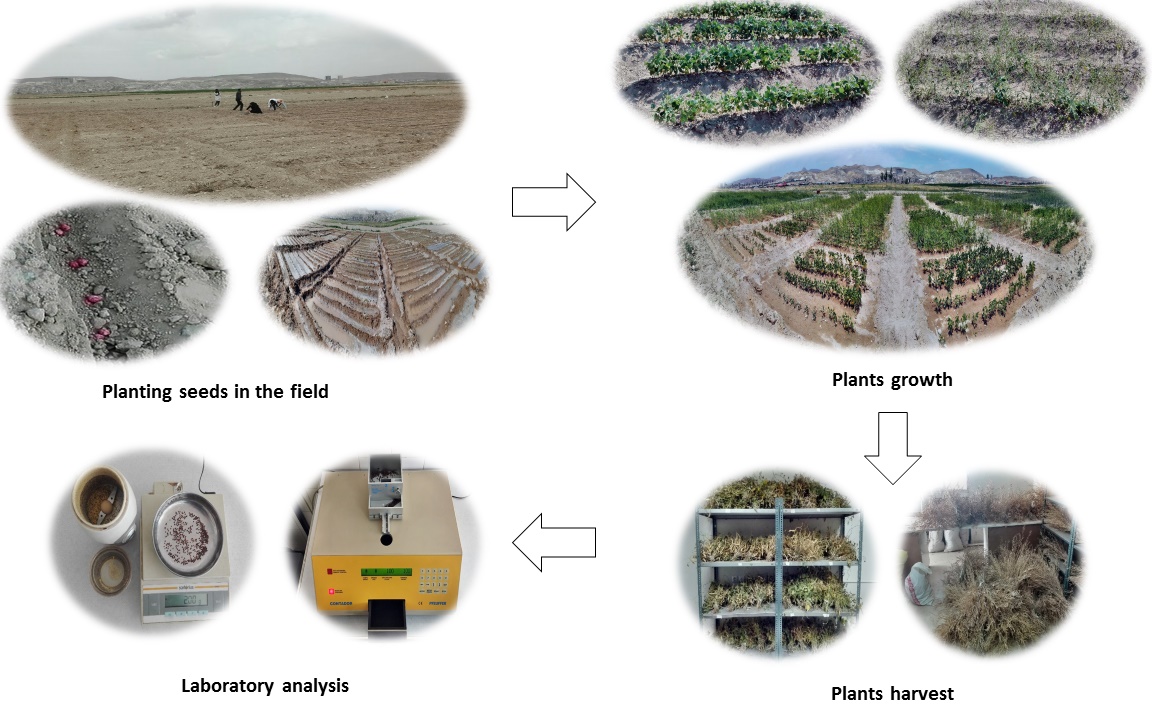
Published 2020-04-20
Keywords
- black mustard,
- land equivalent ratio,
- nitrogen,
- pinto bean,
- relative value total
- relative yield total ...More
How to Cite
Abstract
In order to evaluate the response of pinto bean and black mustard intercropping to application of biological and chemical nitrogen fertilizers, a factorial set of treatments was arranged within randomized complete block design (RCBD) with three replications. Application of bio-fertilizers and chemical fertilizer increased most of the agronomic traits in pinto bean and black mustard plants. The bio-fertilizers + 100% of urea followed by bio-fertilizers + 50% of urea were the superior treatments, compared with other fertilizers. Evaluation of intercropping patterns with using land equivalent ratio (LER), relative yield total (RYT), relative value total (RVT) and relative crowding coefficient (RCC) indices showed that the highest LER and RYT were recorded for bio-fertilizer treatments + 100% chemical fertilizer. The highest RVT and RCC were obtained from control treatment (non-fertilization) in inter-cropping (optimum density of two species). Based on the LER, RVT, RYT and RCC indices, it was evident that intercropping of pinto bean and black mustard was more beneficial than mono cultures. Therefore, it was generally concluded that intercropping pattern was better than monocultures of two species at different levels of fertilizers and also bio-fertilizers application could increase efficiency of chemical fertilizer.





